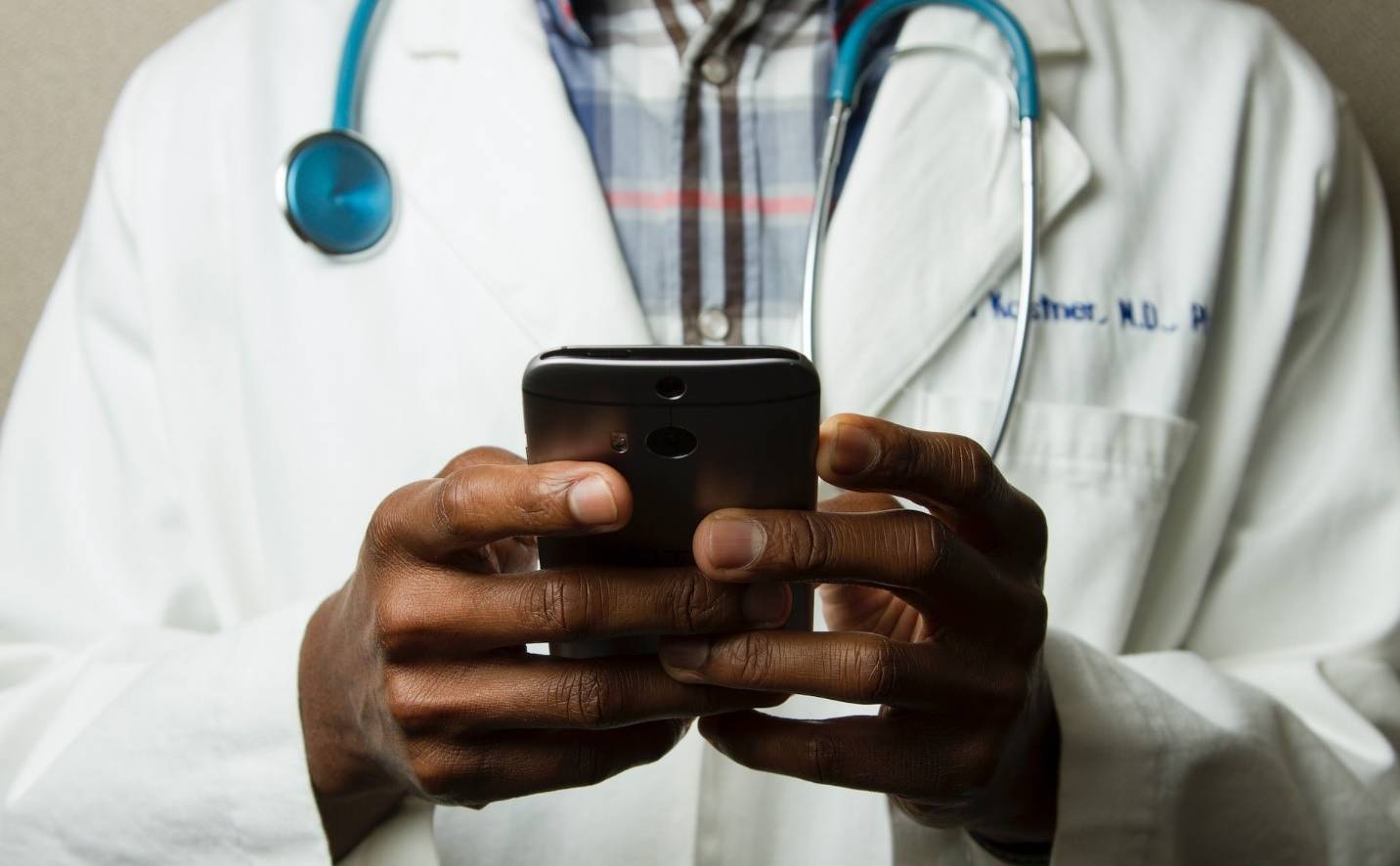
A Comprehensive Exploration of the HIPAA Security Rule: A Guide to Understanding
This guide explains the HIPAA Security Rule, a federal regulation aimed at protecting electronic protected health information (ePHI). It covers the fundamental principles, safeguards, risk assessments, and compliance strategies. The rule applies to health care providers, health plans, and business associates, ensuring confidentiality, integrity, and availability of ePHI, including medical records, lab results, and insurance information.
What is a HIPAA Security Rule Checklist?
Healthcare organizations should use a HIPAA security rule checklist during risk analysis to ensure compliance with HIPAA regulations. This checklist requires appropriate administrative, physical, and technical safeguards to maintain confidentiality, integrity, and security of protected health information (PHI) both in transit and at rest.
- Administrative Safeguards involve a designated security officer to identify and analyze potential risks to PHI integrity, implement security measures, manage information access, and provide workforce training.
- Physical Safeguards protect data and storage locations from hazards, intrusion, and hacking.
- Technical Safeguards focus on unauthorized access to PHI transmitted over electronic networks, requiring access controls, audit controls, and integrity controls to comply with the HIPAA Security Rule checklist. These safeguards ensure data security and privacy.
More about the Administrative Security Rule Safeguards
The administrative Security Rule safeguards require ongoing risk analysis and regular reviews to ensure the effectiveness of security measures and user compliance. A HIPAA Security Rule checklist should consider personal mobile devices' use when identifying risks and vulnerabilities, and compile appropriate use policies. Changes in working practices, technological advances, and revised legislation should also be considered to reduce the effectiveness of implemented security measures.
More about the Physical Security Rule Safeguards
Physical Security Rule safeguards are crucial in HIPAA Security Rule compliance, focusing on the security of computer equipment storage facilities and personnel validation. These safeguards include policies and procedures for workstation and device security, including automatic log-off features to prevent unauthorized access. Healthcare organizations must also have policies for the transfer, removal, and disposal of Personal Health Information (PHI), computer hardware disposal, and electronic media re-use. These safeguards apply to data that may no longer be required or in use, and should be implemented in all entities covered by the HIPAA Security Rule.
More about the Technical Security Rule Safeguards
The technical Security Rule safeguards consist of three sets of controls: access controls, integrity controls, and in transit controls. Access controls involve identity verification processes to ensure PHI is authenticated, while audit controls record access. Integrity controls focus on PHI stored electronically, ensuring it is not altered or destroyed improperly. Many healthcare organizations have read-only archives for secure PHI storage. In transit, the rule mandates technical security measures to guard against unauthorized access to PHI transmitted over an electronic network. These controls are crucial for maintaining the integrity of PHI in healthcare organizations.
Secure messaging solution
Secure messaging solutions are essential for healthcare organizations, particularly when medical professionals use personal mobile devices in the workplace. These solutions allow access to Protected Health Information (PHI) via secure messaging apps, requiring users to authenticate their identities using a centrally-issued username and PIN number. These apps ensure unfettered communication of PHI between authorized users, but cannot be sent outside the network to unauthorized personnel. Other safeguards include automatic log off, remote device wipes, and encryption of communications. Secure messaging increases message accountability, reduces phone tag, supports group messaging, and accelerates the communications cycle. It can also be integrated with an answering service or Electronic Medical Record (EMR), reducing complications, medication errors, and overall patient safety incidents.
Conclusion
The HIPAA Security Rule checklist is a crucial tool for healthcare organizations to ensure compliance with the law, but it also helps identify communication channel weaknesses, thereby enhancing efficiency, productivity, and profitability.

Comments (0)